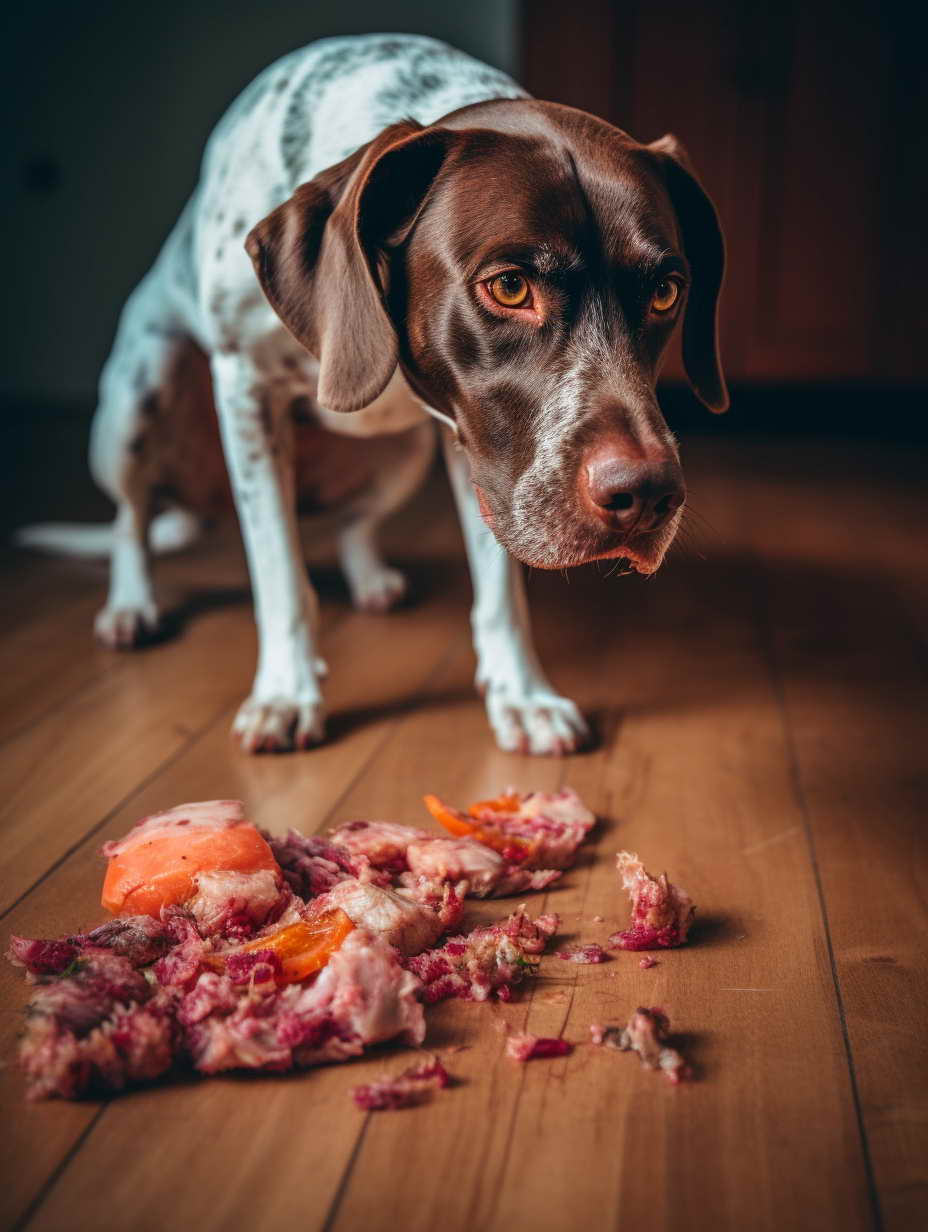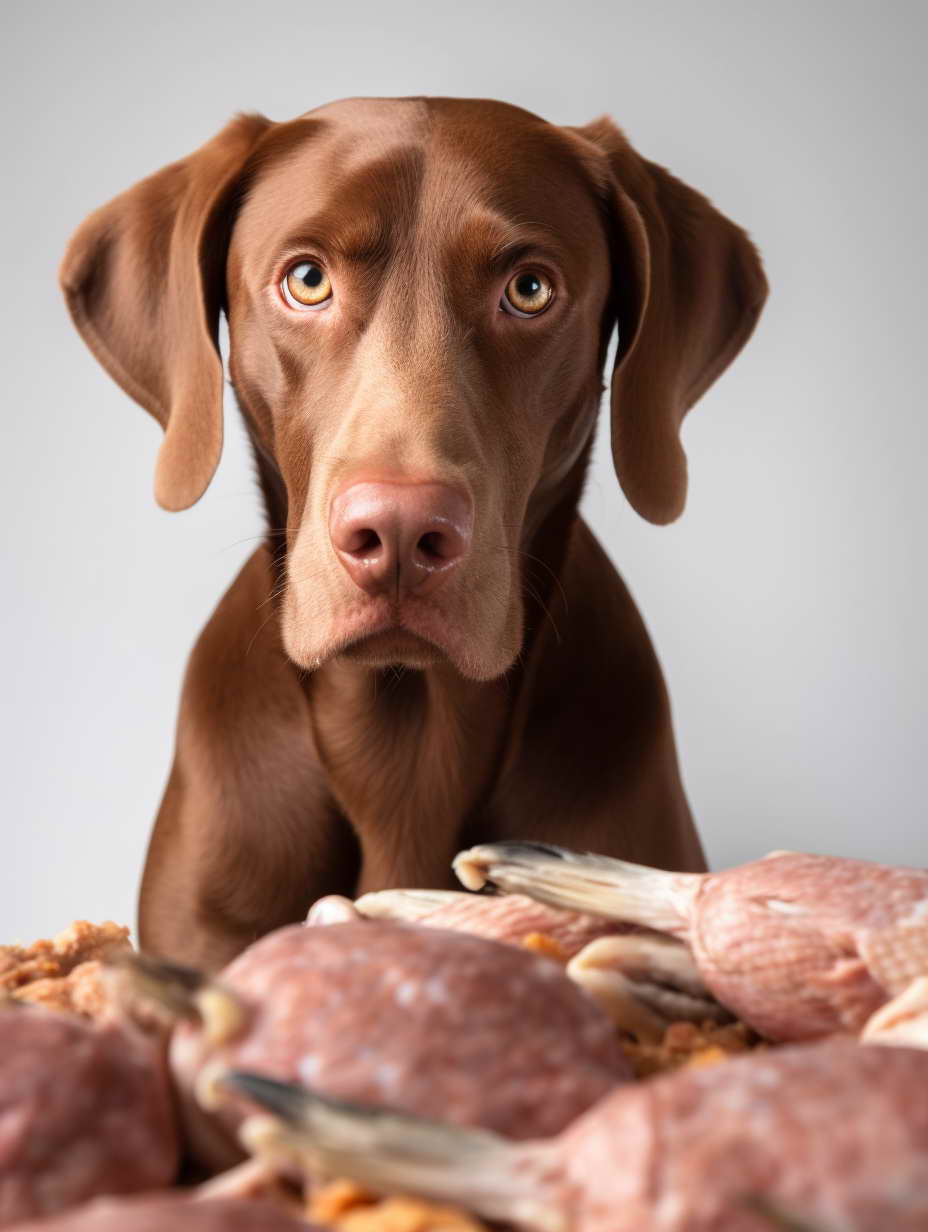How To Create A Healthy Raw Dog Food Beef: A Guide to Optimal Canine Nutrition
In a world where the health and well-being of our pets take center stage, it’s no wonder that many pet owners are turning to natural, raw diets for their four-legged companions. When it comes to dogs, one of the most popular choices is raw beef. But how do you ensure that your furry friend is getting the best nutrition possible? In this guide, we’ll explore the ins and outs of creating a healthy raw dog food beef diet.
The Benefits of a Raw Beef Diet
Before we dive into the details, let’s understand why a raw beef diet can be beneficial for your dog.
Raw beef offers a plethora of advantages:
- Improved Digestion: Raw food is easier for dogs to digest, leading to fewer digestive issues.
- Healthy Coat and Skin: A raw diet often results in a shinier coat and healthier skin.
- Enhanced Dental Health: Chewing on raw bones can help keep your dog’s teeth clean.
- Optimal Weight Management: Many dogs on raw diets maintain a healthy weight.
- Increased Energy Levels: Proper nutrition can boost your dog’s energy and vitality.
Now that we’ve highlighted the benefits, let’s delve into how to create the perfect raw dog food beef diet.
How To Create a Healthy Raw Dog Food Beef Diet
Creating a healthy raw dog food beef diet is not as simple as tossing a steak to your furry friend. It requires careful planning and attention to detail to ensure your dog receives all the necessary nutrients while minimizing potential health risks. Here’s a step-by-step guide on how to create a balanced and healthy raw beef diet for your canine companion.
1. Consult Your Vet
Before embarking on any dietary changes for your dog, it’s essential to consult your veterinarian. They can provide valuable insights into your dog’s specific nutritional needs and any health concerns that should be addressed. Your vet can help you determine if a raw beef diet is suitable for your dog and provide personalized recommendations.
2. Research and Plan
To create a balanced diet, you need to research and plan your dog’s meals meticulously. This includes:
- Variety: Ensure your dog’s diet includes a variety of meats, including beef, chicken, turkey, and lamb. Each meat source offers different nutrients, contributing to a well-rounded diet.
- Organs and Bones: Incorporate organ meats like liver and kidney, as they are rich in essential vitamins and minerals. Additionally, includes raw bones to provide dental benefits and essential nutrients.
- Proportion Control: Calculate the appropriate portion size based on your dog’s weight and activity level. Avoid overfeeding, as excessive weight gain can lead to health issues.
3. Source Quality Meat
The quality of the meat you choose is paramount to your dog’s health. Look for the following when sourcing raw beef:
- Freshness: Choose fresh, high-quality meat free of additives, preservatives, or seasoning. Avoid meat that has been previously frozen and thawed multiple times.
- Grass-Fed: Whenever possible, opt for grass-fed beef, as it tends to have a healthier fat profile and fewer potential contaminants.
- Butcher or Supplier: Build a relationship with a reliable butcher or supplier who can provide you with consistent, safe meat sources.
4. Safe Food Handling
Handling raw meat requires strict adherence to food safety practices:
- Cleanliness: Wash your hands, utensils, and food preparation surfaces thoroughly before and after handling raw meat.
- Separation: Keep raw meat separate from other foods to prevent cross-contamination.
- Temperature: Store raw meat at the appropriate temperature to prevent bacterial growth. Use a refrigerator or freezer to maintain freshness.
5. Transition Gradually
Transitioning your dog to a raw beef diet should be a gradual process:
- Start Slowly: Begin by mixing a small amount of raw beef with your dog’s current food. Gradually increase the ratio of raw to commercial dog food over a week or two.
- Monitor Health: Keep a close eye on your dog’s health during the transition. Look for any signs of digestive upset or discomfort, and adjust the diet as needed.
6. Supervise and Adapt
Once your dog has fully transitioned to a raw beef diet, it’s essential to supervise their meals, especially when raw bones are involved. Watch for any choking hazards or aggressive chewing. Additionally, be prepared to adjust the diet if you notice any adverse reactions or weight changes in your dog.

FAQs About Raw Dog Food Beef
Can all dogs eat raw beef?
While most dogs can enjoy raw beef, it’s essential to consult your vet, especially if your dog has specific dietary needs or health issues.
Is it safe to feed dogs raw bones?
Raw bones can be safe and beneficial when supervised. Always choose bones appropriate for your dog’s size and supervise their chewing.
Can I feed my dog only raw beef?
While raw beef can be part of your dog’s diet, it’s essential to provide a balanced diet that includes a variety of meats and nutrients.
Should I worry about bacteria in raw meat?
Practicing safe food handling and sourcing quality meat can significantly reduce the risk of bacterial contamination.
Are there any health risks associated with raw diets?
Raw diets can be safe and healthy when balanced correctly. Consult your vet to address any concerns.
How do I know if my dog is thriving on a raw beef diet?
A healthy coat, good energy levels, and regular vet check-ups are signs that your dog is thriving on their raw diet.
Conclusion
Creating a healthy raw dog food beef diet requires careful planning, high-quality ingredients, and gradual transition. By following the steps outlined in this guide and consulting with your vet, you can provide your furry friend with the best nutrition for a long and healthy life.

Leave a Reply